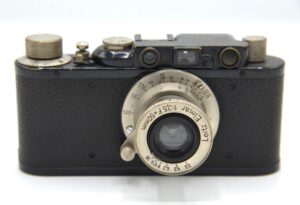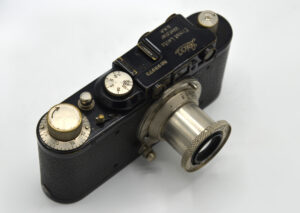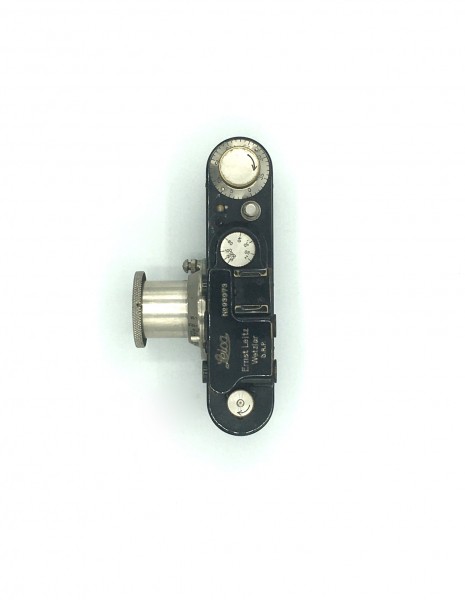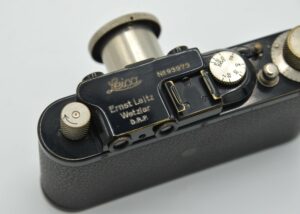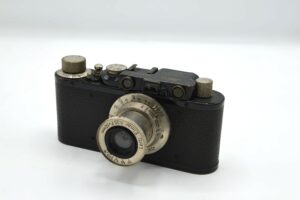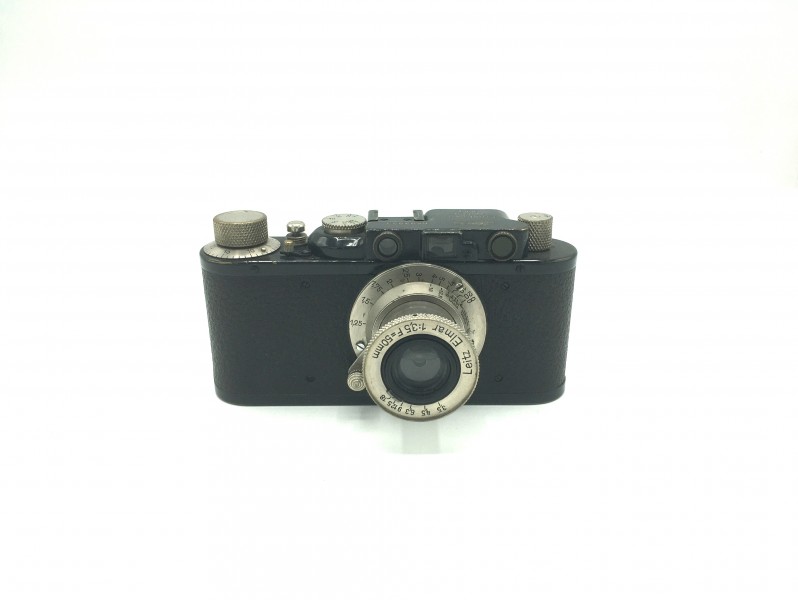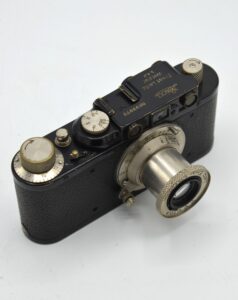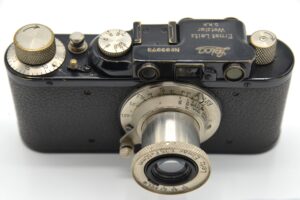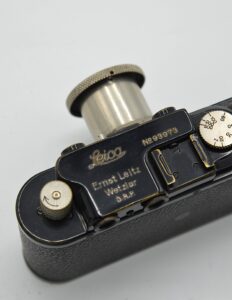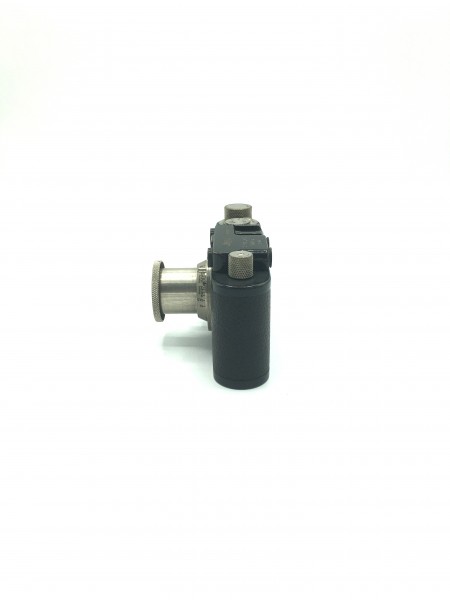Leica II D
Leica II D, 1932, Germany
The Leica II (Model D) is considered a legendary camera, a true milestone in the history of photography. Introduced in 1932 by the German company Leitz, it represented a turning point in the design of compact 35 mm film cameras. In the 1920s and 1930s, photography was still dominated by bulky and impractical devices. As early as 1925, however, Leitz had revolutionized the industry with the first Leica I, designed by Oskar Barnack: a compact, rugged and innovative camera. The Leica II perfected that design by introducing, for the first time, a rangefinder coupled to the viewfinder, which allowed precise focusing directly from the eyepiece, without having to estimate the distance to the eye.
The main technical features of the Leica II (D) included: 35 mm format (24×36 mm), Viewfinder with integrated rangefinder, Interchangeable optics with M39 (39 mm) screw mount, Horizontal curtain shutter with shutter speeds from 1/20 to 1/500 second, as well as B-pose, Compact and solid design with metal body, much more manageable than studio cameras of the time. This Leica made “street” and reportage photography much more accessible and immediate. It paved the way for a new way of reporting reality: unobtrusive, spontaneous, authentic. This is why it was beloved by photojournalists, writers and artists, thanks to its build quality, mechanical precision and bright optics.
Admirers and users of the Leica II include such illustrious names as Georges Simenon, famous author of Commissioner Maigret, and Henri Cartier-Bresson, one of the fathers of modern photojournalism, who began shooting with similar Leica models. The Leica II D is still highly sought after by collectors today. There are versions with different finishes, such as chrome or black. This model was followed by further evolutions, such as the Leica III of 1933, the IIIa, IIIb, up to the famous Leica M of the 1950s, still a reference for many professional photographers.
2025 GEORGES SIMENON Exhibition

